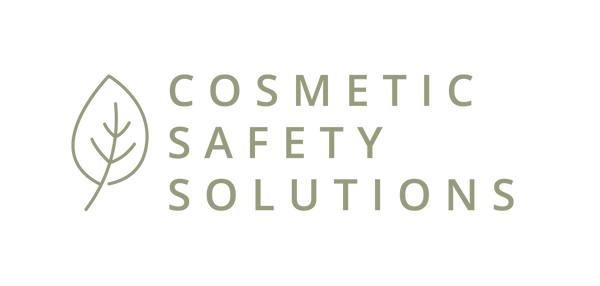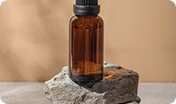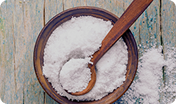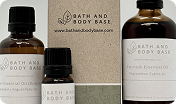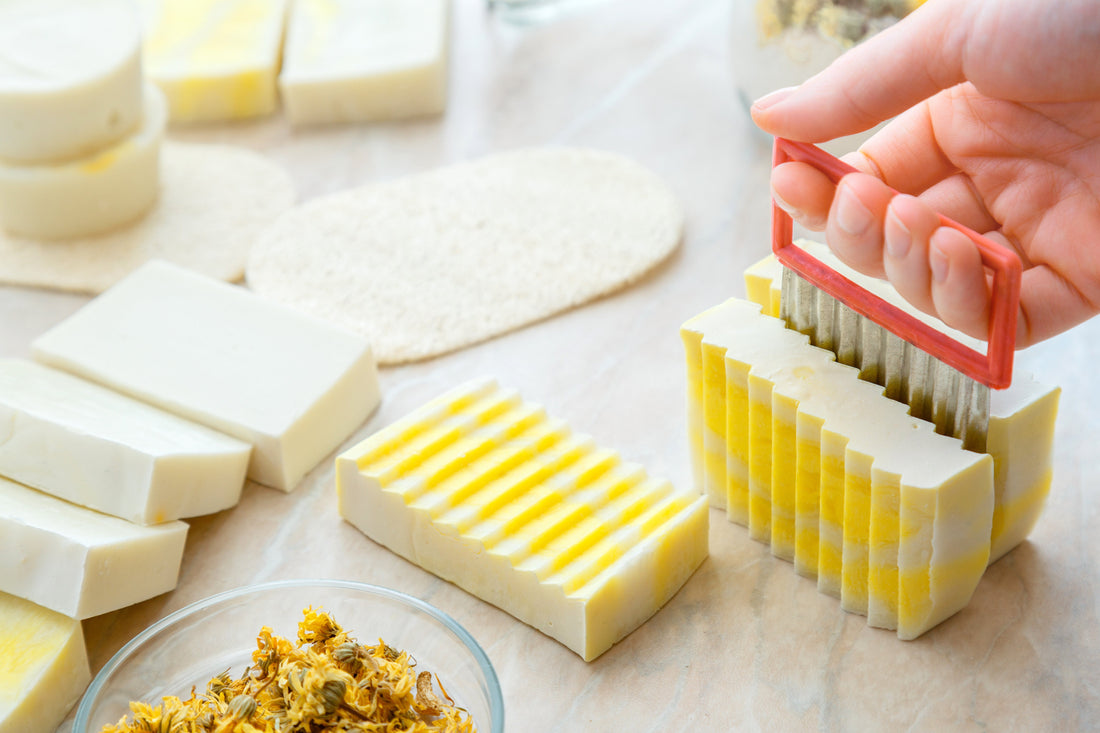
What is a Cosmetic Product Safety Report? | CPSR UK Guide
Share
If you’re making and selling cosmetics in the UK or EU – whether it’s soap, lip balm, bath bombs, or any cosmetic product for use on the skin or hair – you’ll need a Cosmetic Product Safety Report (CPSR) before your products can legally be sold to the public.
For many small brands and hobbyists, the process can seem confusing at first. But once you understand what a CPSR is and why it’s required, it becomes much simpler.
This page will guide you through the basics, from what a CPSR means, who needs one, and how to get started so you can have the confidence to begin selling your cosmetics.
What is a CPSR (Cosmetic Product Safety Report)? CPSR UK Meaning
CPSR stands for Cosmetic Product Safety Report. It’s a legal document required under UK and EU cosmetic regulations to ensure that any product sold to the public is safe to use.
A CPSR is an industry requirement and non-compliance can have serious consequences. The detailed safety assessment is carried out by a qualified professional and determines if your formulation is suitable for cosmetic use and complies with the law – giving consumers the confidence to purchase your products.
If you’re selling products like soap, creams, lip balms, bath bombs, or any other cosmetic item, a CPSR is essential. Even if you’re only selling at local markets or through platforms like Etsy, a CPSR is still legally required.
Without one, you cannot legally sell your products in the UK or EU.
What Does a CPSR UK Include?
Answering ‘what it is a CPSR’ is only part of the equation. While a Cosmetic Product Safety Report is delivered as a yes-or-no approval, the assessment is a detailed discovery across all aspects of your formulation, including:
- Full Ingredient Breakdown
Every ingredient in your formulation is listed, including its purpose and concentration. This helps assess how the ingredients interact and ensures none are used above safe levels.
- Assessment of the Finished Product
The safety assessor considers your full formula, how the product is used (e.g. rinse-off or leave-on), where it’s applied, and how often. Analysing microbiological compliance and product stability, lab tests for products containing water or homemade botanical infusions too to help determine if the product is safe under normal or reasonably foreseeable use.
- Toxicological Profile
Each ingredient is reviewed for potential risks, based on toxicological data. This step checks for things like irritation, sensitisation, or long-term effects.
- Labelling the Products
Your product must be labelled correctly to be in line with CPSR UK regulations. This applies to any cosmetic or toiletry product intended for public sale that comes into contact with the skin.
Simply guarantee compliance and have our expert team review your labels
- Signed Report from a Qualified Safety Assessor
A professional with relevant qualifications (usually a pharmacist, biochemist, or toxicologist) signs off on the CPSR, confirming that your product is safe for use.
Who Needs a CPSR?
If you're selling cosmetic products to the public, you must have a CPSR in place for every formulation to ensure compliance.
Which Products Need a CPSR
- Soaps; traditional, melt and pour, solid and liquid
- Shampoo, shower gel and bath foam
- Bath Bombs, melts, creamers and salts
- Body, lip, hand, face, foot balms, oils and butters
- Cleansers, exfoliators, masks, and scrubs,
- Perfume balms and oils, alcohol based EDP/EDT
- Hair and beard balms, shampoos and styling products
- Any product for direct use on the skin with a cosmetic purpose
It doesn’t matter if you’re a large cosmetics brand or a hobbyist making small batches at home, the legal requirements are the same. This applies to online, in-person, or through retailers.
If the product is classed as a cosmetic and being offered for sale (or even as part of a gift set or promotional giveaway), a valid CPSR is essential.
Having a CPSR gives peace of mind for you and your customers and builds trust in your business thanks to the professional safety assessments.
Is a CPSR a Certificate?
Although people often refer to “CPSR certificates,” a CPSR is not a framed certificate or badge.
A CPSR certification in the UK is a legal safety assessment document, but it doesn’t come with a stamp, hologram, or seal of approval.
Instead, it’s a professionally prepared report, usually in PDF format, signed by a qualified safety assessor. This report confirms your product has been assessed and meets the safety requirements of UK or EU cosmetic regulations.
You don’t need to display it on your stall or website, but you do need to have it on file and be able to provide it if requested by Trading Standards or another authority.
CPSR Certification in the UK | How Do They Work?
In the UK, cosmetic products must comply with the UK Cosmetics Regulation (Schedule 34 of the UK Product Safety and Metrology Statutory Instrument). A CPSR is a key part of meeting that legal requirement.
To be compliant, every cosmetic product must:
- Be assessed for safety by a qualified professional
- Have a valid CPSR in place
- Have compliant labelling across all products
- Be registered on the UK’s cosmetic notification portal (SCPN)
- Have an appointed Responsible Person – the individual or business legally responsible for ensuring the product complies with regulations
- Have a complete Product Information File (PIF) available for inspection
The CPSR sits at the heart of this process. Without it, your product cannot legally be sold in the UK.
See our dedicated recipe submission guide
How Do You Get a CPSR? 5 Easy Steps to Selling Your CPSR Products
The CPSR UK and EU businesses can expect might sound complicated, but the process is quite straightforward once you know what’s involved.
1. Prepare Your Formulation
List all ingredients, their exact percentages, and their functions (e.g. moisturiser, fragrance). You’ll also need the INCI names (International Nomenclature of Cosmetic Ingredients).
2. Submit Your Recipe
Send your formulation to a qualified cosmetic safety assessor – we offer guidance on how to present your information correctly in our handy guides.
3. Include Product Details
You’ll also need to provide information like the intended use, packaging, and manufacturing method, as well as additional documentation on any fragrance ingredients being used. This applies to essential oils as well as commercially manufactured fragrances.
4. Assessment & Report Creation
A qualified professional will assess your product, review toxicological data, and create the CPSR certification in the UK.
5. Receive Your Report
Once approved, you’ll receive a signed CPSR document. At this point, your product can be registered for sale.
How Much Does It Cost?
The cost of a CPSR certification in the UK can vary depending on your formulation and how many products you need assessed. For simple, single-phase products like bath bombs, balms, or oils, prices typically start at around £99 plus VAT per formulation.
Costs may increase for more complex products, such as emulsions or formulas with essential oil blends, as these require more detailed assessment.
You can often save money by submitting several similar products together as part of a package or grouped CPSR, such as different fragrance variations of the same base formula.
Get in touch with our Custom CPSR team, or choose one of our Ready to Buy CPSR formulas.
Related Products & Resources
Looking to learn more or find a CPSR certification in the UK for a specific product type? Here are some helpful resources:
CPSR Services
Product-Specific CPSRs
Bonus CPSR Information
-
How Long Does a CPSR Take?
-
What Happens if You Don’t Have a CPSR?
- CPSR vs. Lab Test
These guides and services are designed to support makers at every stage – whether you’re just starting out or scaling up your cosmetic range.
The Cosmetic Safety Assessment Reports UK Businesses Trust
Getting to grips with CPSRs can seem daunting at first, but once you understand the basics, becoming compliant is more straightforward than you might expect.
Whether you're selling handmade soaps at a market stall or launching your first skincare line online, a valid CPSR is essential – and it's there to protect both you and your customers.
CPSR FAQs
Do I need a CPSR if I’m giving my products away for free?
Yes. If you're giving away cosmetic products as samples, gifts, or part of a promotion, they still need a CPSR. If it’s being used by someone else, it must be proven safe.
Can I make my own CPSR?
No. A CPSR must be completed and signed by a qualified safety assessor with appropriate credentials in toxicology, pharmacy, or a related field.
What if I change an ingredient later on?
Any change to your formulation, such as swapping one essential oil for another, could invalidate your existing CPSR. You’ll need a revised assessment before you can legally sell the updated product.
Is my CPSR valid forever
Yes, as long as the formulation and manufacturing method stay the same. However, regulatory changes may impact existing reports, and if anything changes across ingredients, suppliers, or packaging, it may require reassessment.
